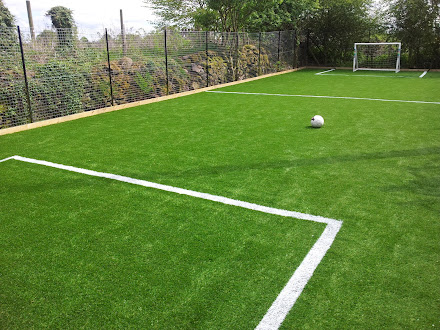A Deep Dive into the Evolution of Artificial Turf
Artificial turf, also known as synthetic grass or fake grass, has come a long way since its inception in the mid-20th century. What began as a rudimentary solution to create green spaces in urban areas with limited water resources has evolved into a sophisticated technology that offers a wide range of applications and benefits.
The history of artificial turf dates back to the 1960s when it was initially developed as a sports surface for use in indoor arenas. These early iterations were made from short-pile nylon fibers, and while they provided an alternative to natural grass, they lacked the realism and performance characteristics of modern artificial turf.
Over the decades, extensive research and development efforts have led to significant improvements in artificial turf technology. Today's synthetic grass is a marvel of engineering, featuring advanced materials and construction methods that mimic the look and feel of natural grass. High-quality artificial turf is designed to be durable, resilient, and low-maintenance, making it a popular choice for sports fields, residential lawns, commercial landscapes, and even rooftop gardens.
One of the key advancements in artificial turf evolution has been the introduction of various infill materials, such as sand and rubber, which improve shock absorption, cushioning, and playability. Additionally, manufacturers have fine-tuned the color, texture, and blade shapes of synthetic fibers to create a more lifelike appearance.
Moreover, artificial turf technology has also embraced environmental considerations. Eco-friendly options have been developed, reducing water consumption, eliminating the need for pesticides, and decreasing maintenance requirements, making it a sustainable choice for landscaping.
In conclusion, the evolution of artificial turf has been a journey from simple, utilitarian surfaces to advanced, versatile, and environmentally conscious solutions. As technology continues to progress, we can expect even more innovations in the world of synthetic grass, further blurring the line between artificial and natural landscapes.
.jpg)



Comments
Post a Comment